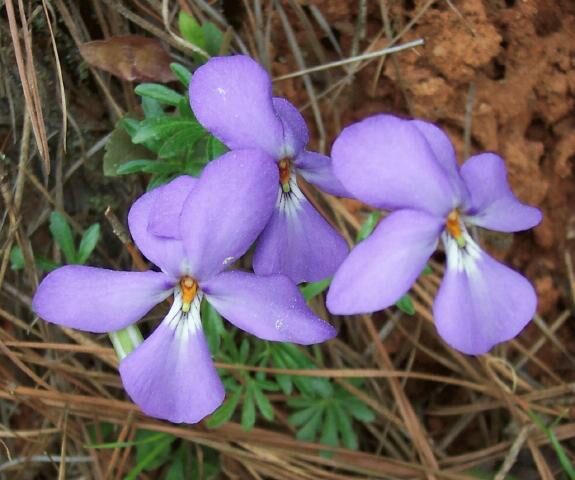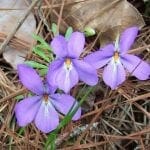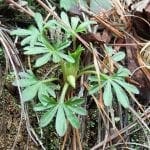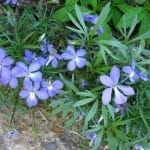- Flowers
- Foliage in early spring
- Unusual color form
- Mature foliage in late April
Scientific Name:
Viola pedata
Common Name:
Birdfoot Violet
Scientific Name Pronounciation:
vee-OH-luh ped-AH-tuh
Plant Type:
Perennial
Plant Hardiness Zones:
4-8
Plant Hardiness Zone(s):
Usual Size:
3-6 in. H X 3-6 in. W
Flower:
Flowers are large (1-1.5 inches), purple, flat-faced with prominent yellow stamens; upper two petals are sometimes much darker than lower petals; rarely white; will sometimes rebloom in fall.
Bloom Time Notes:
Late Spring
Leaf:
Dark green; basal with long petioles; finely cut into finger-like palmate lobes.
Fruit:
Capsule that ripens from green to tan and splits open casting seeds out.
Wildlife:
Viola is the host plant for Great Spangled Fritillary butterflies
Natural Habitat:
Rocky or dry open woods; slopes; ridges; prairies; glades; roadsides.
Propagation:
Seed (needs cold stratification); root cuttings: cut a circle around the crown of the plant approximately 3/4 inch from the crown and 4 inches or so into the soil; remove plant and fill hole with a light potting soil; replant original plant; new plants will grow from ends of cut roots and can be transplanted to permanent locations.
Bloom Time:
Sun or Shade:
Companion Plants:
Cultural Notes:
Birdfoot Violet (Viola pedata) grows in full sun; does best in sandy or gravelly, dry, extremely well-drained soil; do not fertilize as it likes poor soil; requires no care once established; may self-seed in optimum conditions; crown will rot unless soil is very well drained; good plant for rock garden or edge of sunny, gravel path. Usually a small rosette of leaves is evergreen throughout the winter.
Other Common Names: Crowfoot Violet, Pansy Violet, Bird's Foot Violet





